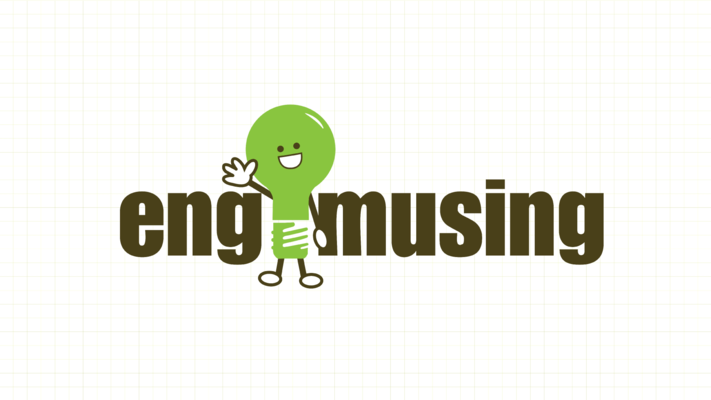Tesla vs Edison - AC vs DC - What's Changed?
Posted by Joe George at

Current Wars
More than one hundred years ago when commercial power distribution was just beginning, two inventors Thomas Edison and Nicola Tesla competed to see who could better supply electrical power economically and efficiently.
Edison picked Direct Current (DC) for his first foray into commercial power distribution and Tesla picked Alternating Current (AC). It was a rancorous public battle; but Tesla was right, and not just by a little bit. AC power has the distinct advantage that its voltage can be easily increased or decreased with a transformer. This allows the voltage to be increased to thousands of volts for long distance transfers and then decreased to a usable voltage at its destination. Really high voltages decrease the power loss in the wires a lot.

Shocking Voltage
The original incandescent lights in the early days required a voltage of over 100 volts to operate effectively. This determined the minimum voltage that was used in homes and businesses. In some countries like the USA the minimum voltage chosen was only about 120 volts, while in Europe and many other places it was approximately 240 volts.
What our things need
So what has changed since the early days when these standards were set? In the typical home what things need AC power and what things need DC? Some examples:
- DC - TV, Computer, Radio and pretty much anything electronic. Currently AC power is converted to low DC voltages in the unit.
- AC or DC - Refrigerator, Washer, Fans, and other things with motors could be designed to work with either.
- AC - Incandescent, Florescent, and other resistance lighting could be designed to use either but probably won't.
- DC - LEDs used for lighting gain no advantage from AC.
- AC or DC - Electric heating, water heaters, stoves, and other resistance heating. Either could be used but AC has the advantage since a higher voltage is generally desirable to decrease the size of the wires.
Solar is coming soon
As you can see a lot of the things in our homes use or could use lower voltage DC power, by why do we care? The efficiency of solar cells is increasing and the cost is decreasing at an exponential rate. The cost of power from solar will soon be less than the cost of grid power. If we generate our own power at our homes it doesn't need to travel long distances. This means stepping it up to high voltages is unnecessary. Solar cells generate DC current at low voltage and a number of cells are wired in series to increase the voltage high enough for practical use. In a typical home solar system an inverter is used to convert to the higher AC voltage that is standard.
Conversion is inefficient
The conversion process from the high AC voltage to the low DC voltages is generally 80% efficient at best. The greater the difference in the voltage the less efficient it becomes. This is also true when converting low voltage DC up to the high voltage AC from the solar cells. For example, an 80% efficient up conversion multiplies with an 80% down conversion to equal a 64% conversion efficiency. This means that many times it is likely that we are losing about half the power in the conversion.
DC will win
So, as we change to solar energy, directly using DC will be more efficient. Many homes are wired with the lighting circuits separate from the other loads so they could potentially be moved to DC. I am looking at doing this in my home. I am curious what the options are for direct DC and what is being done in new solar installations. I know that data centers have been built using solar power and direct DC with significant energy savings.
It will be interesting to see what happens.
